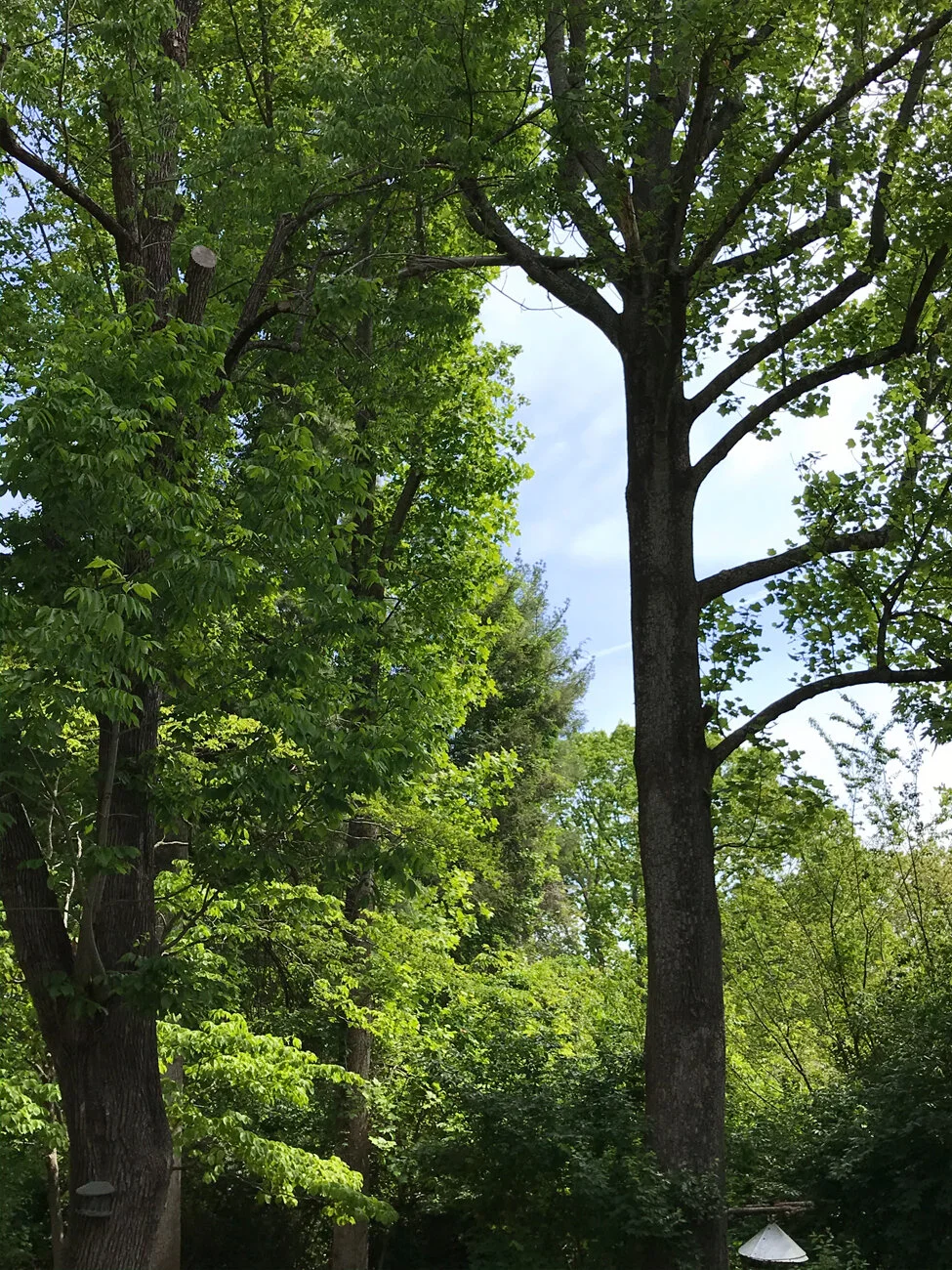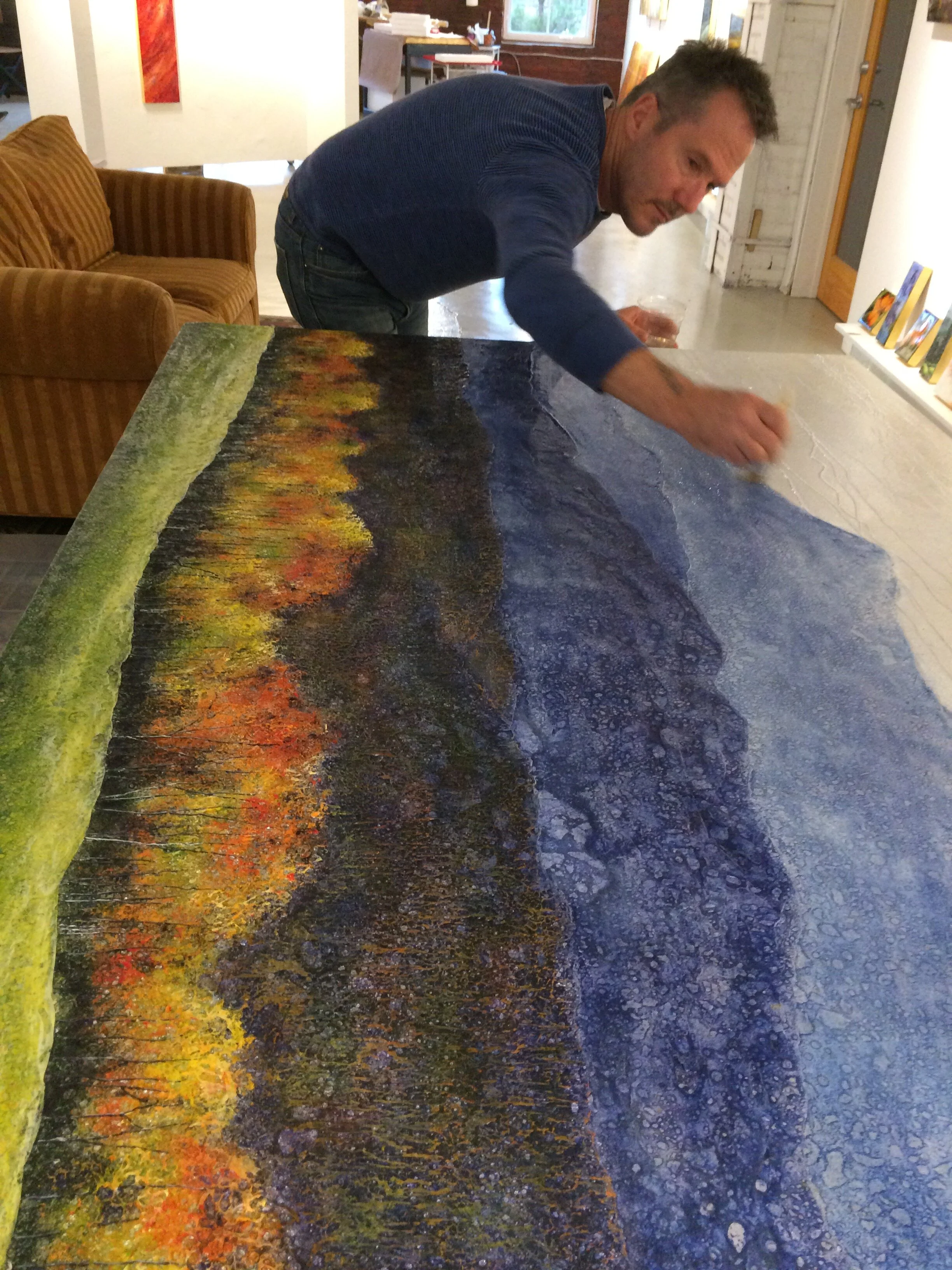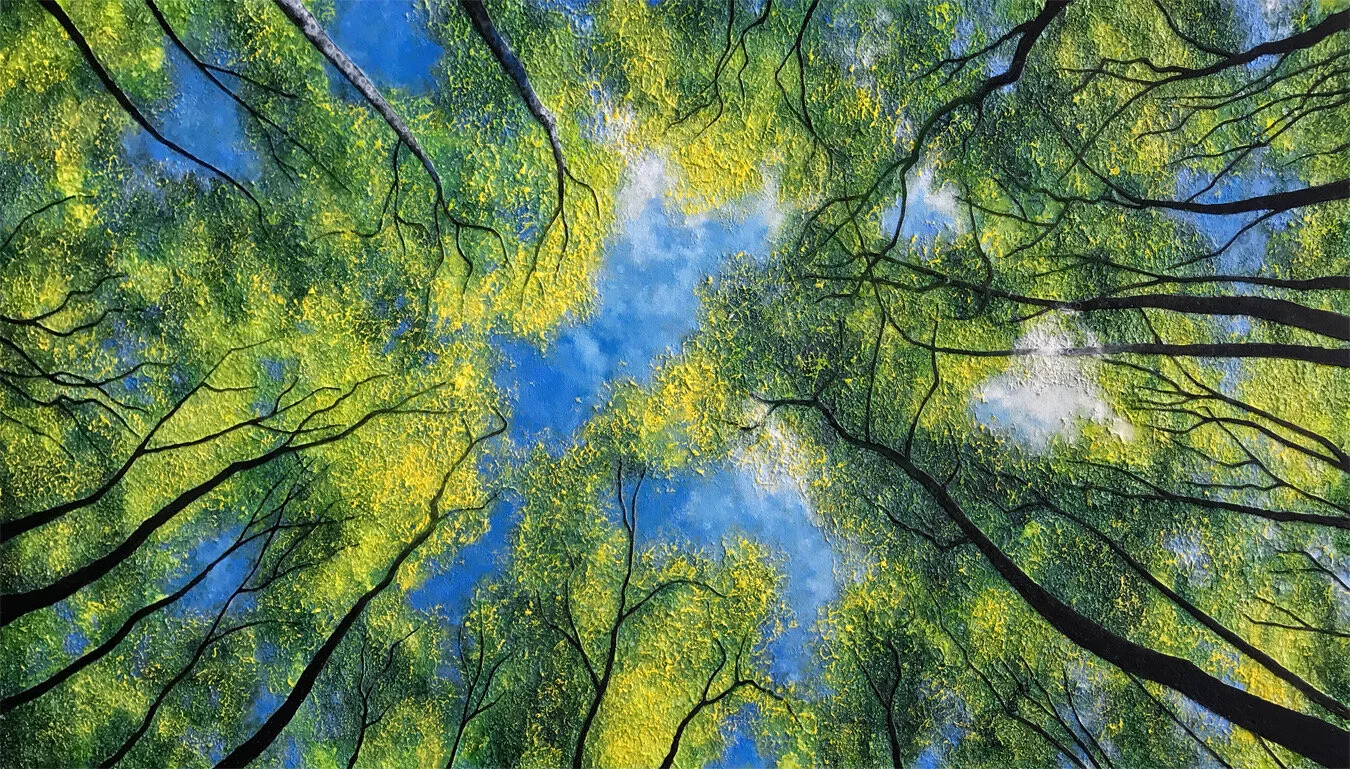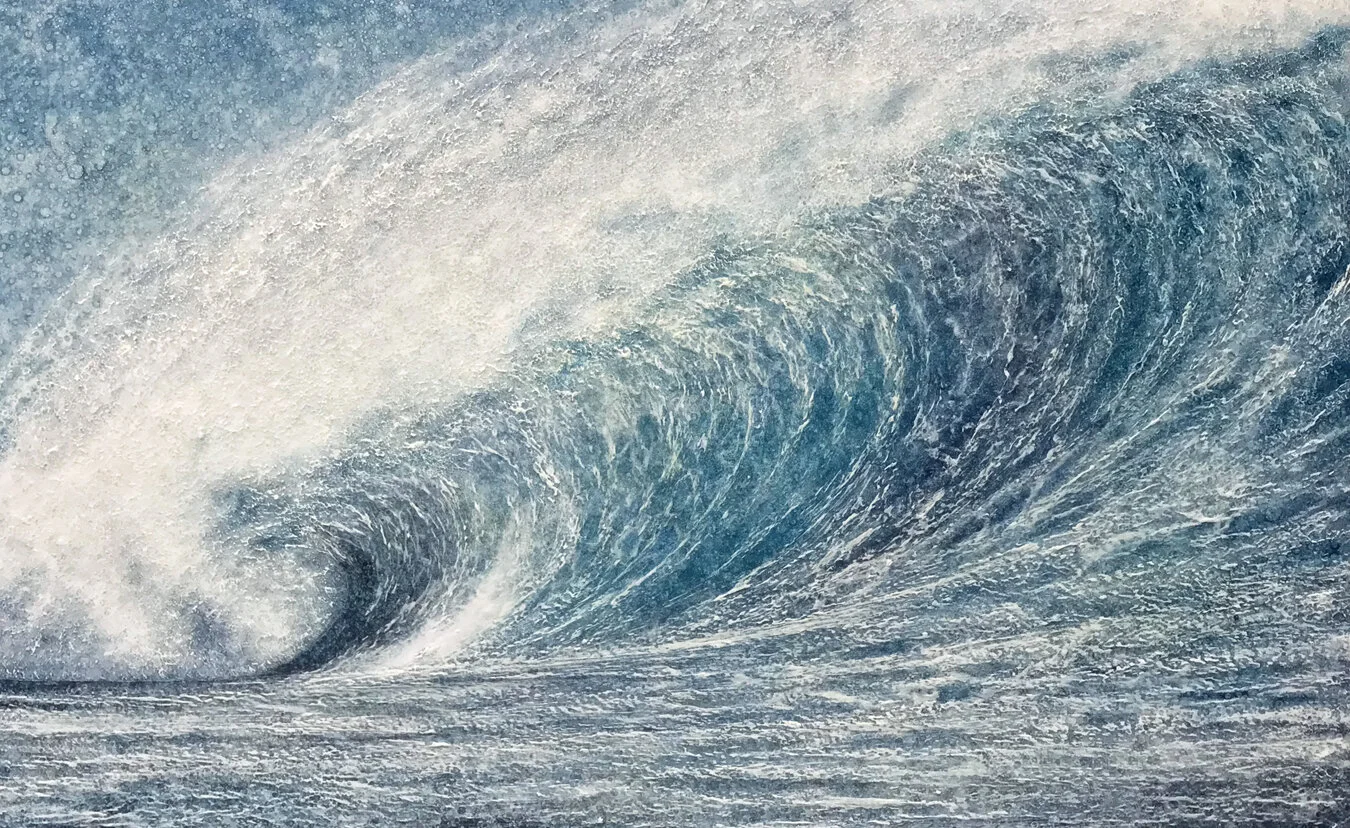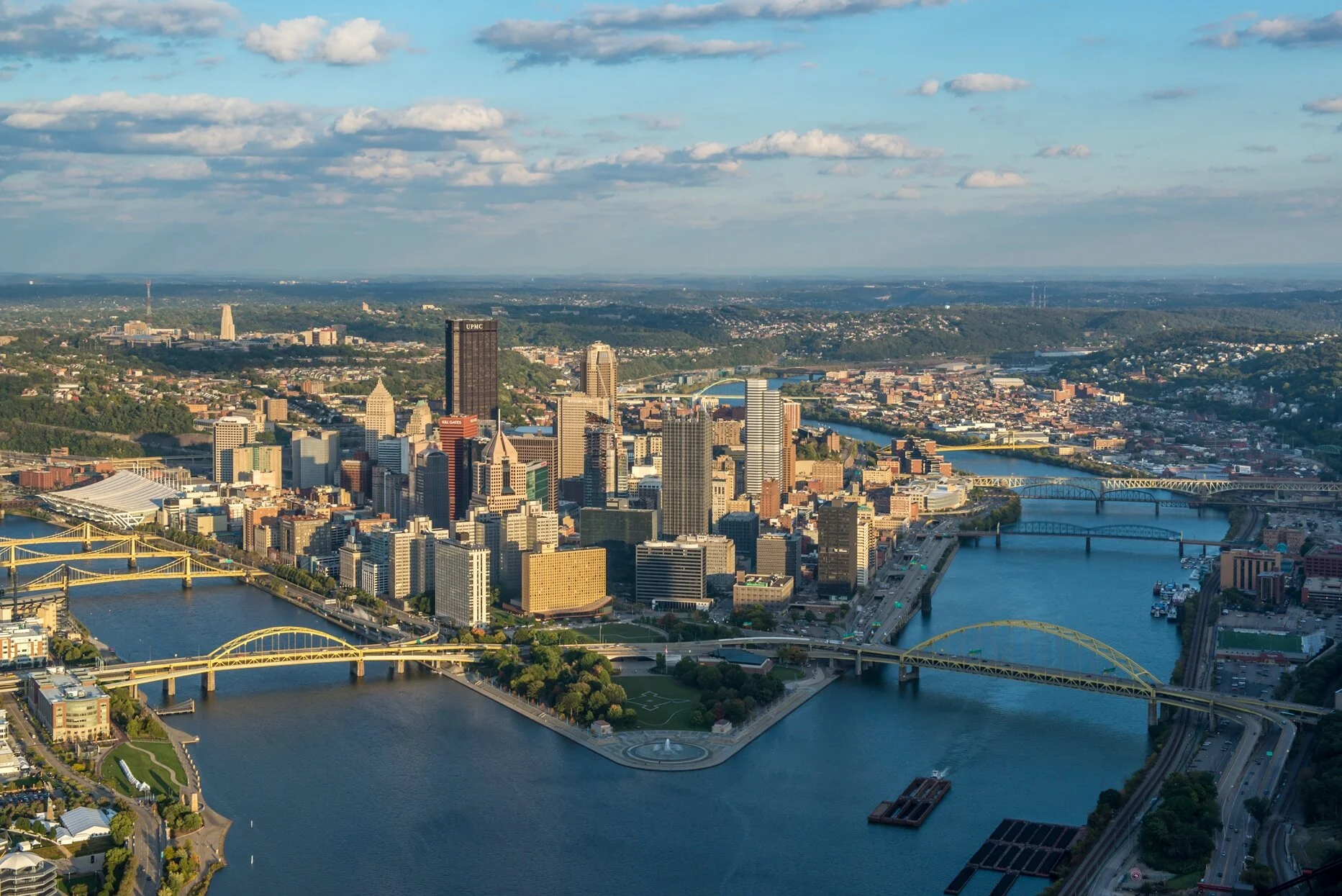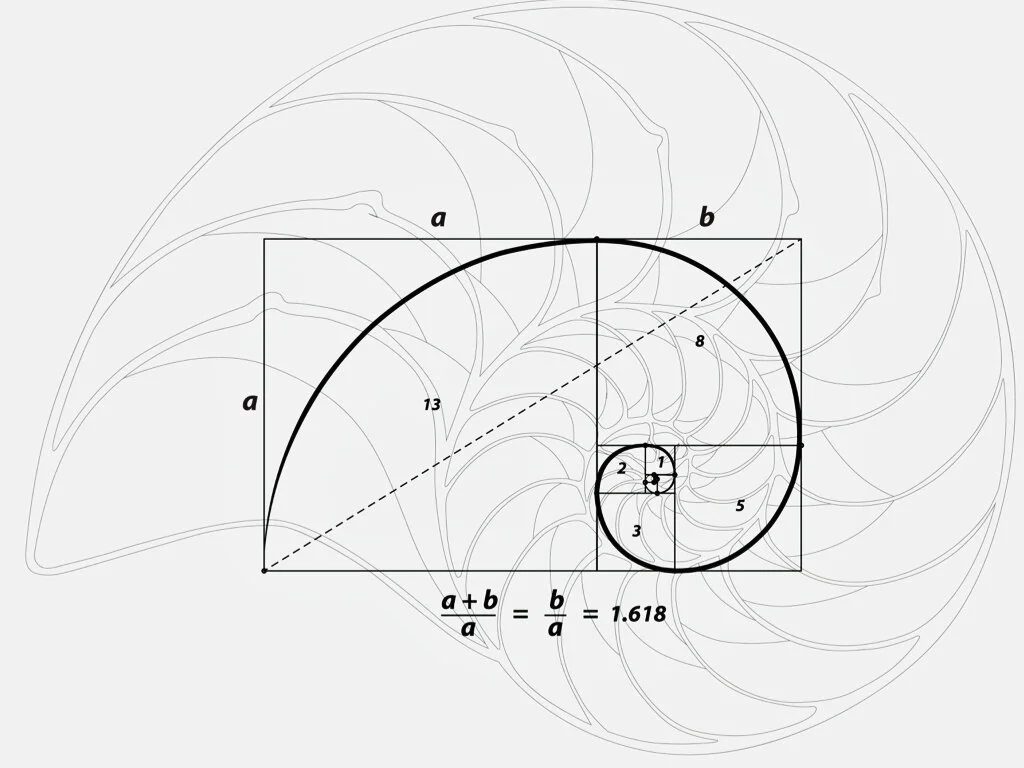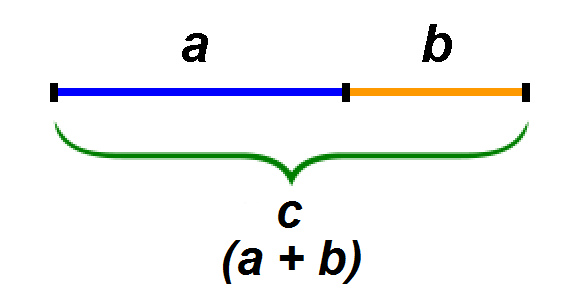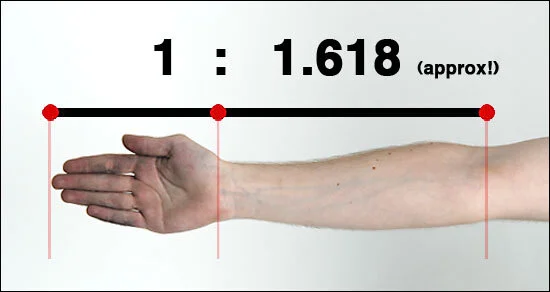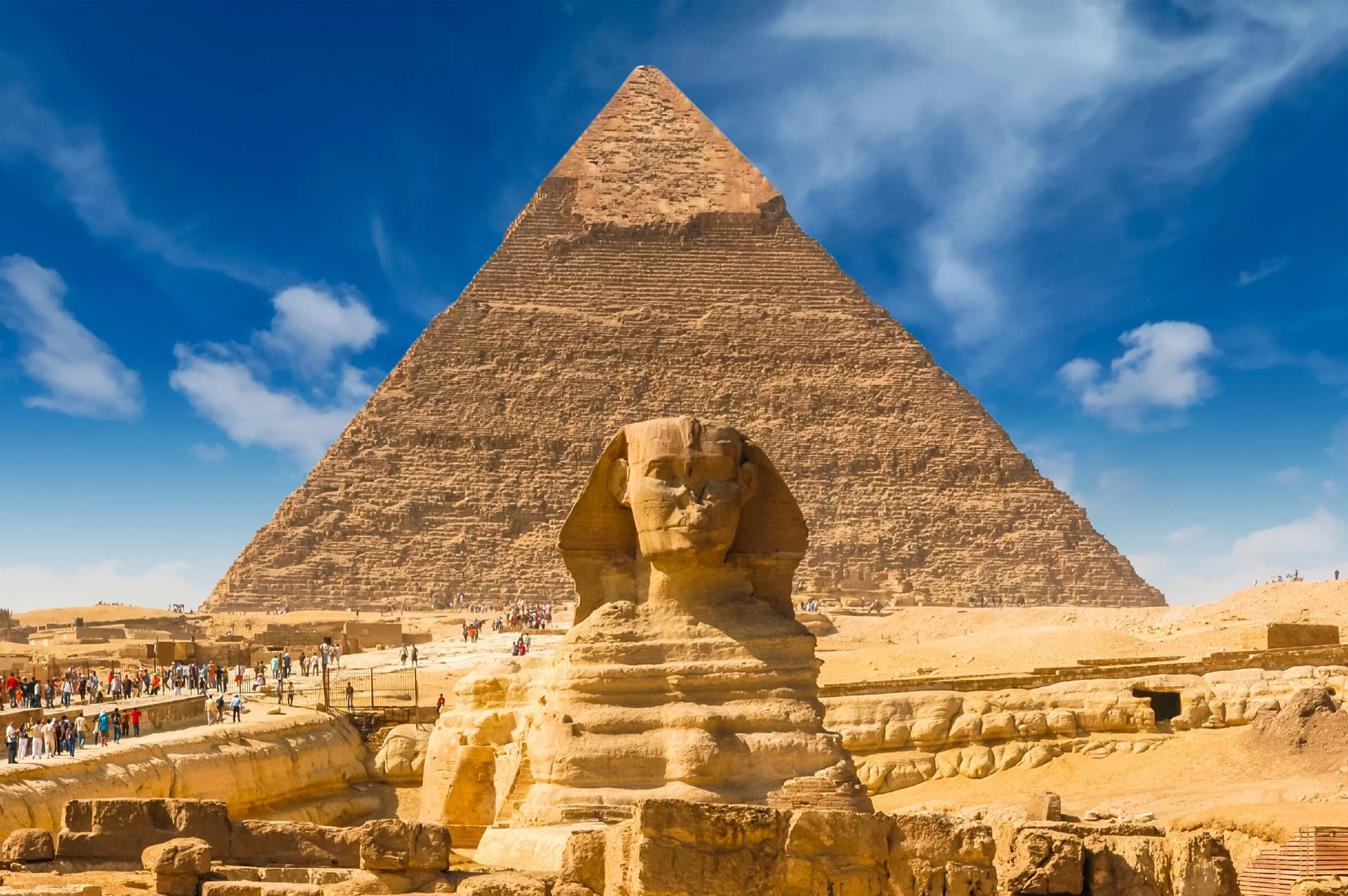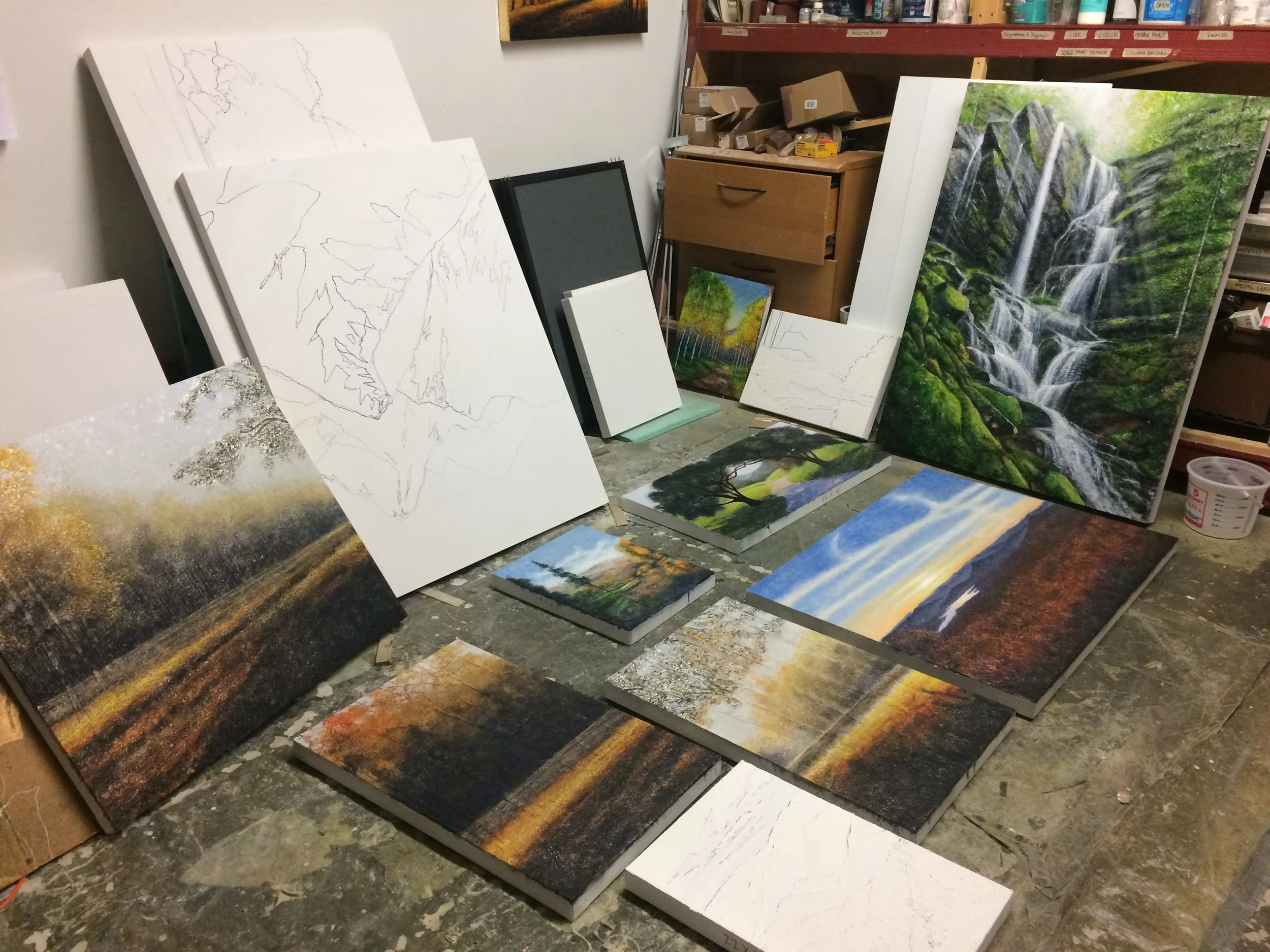
Art Blog
This blog is for posting photos of new artwork and for the expression of sometimes random thoughts of oil painter Stephen St. Claire.
What does Diversity have to do with honest artwork?
The photo above is my view as I paint. Not bad, right? So this morning, I took a moments break between art projects I was working on and stared out at these trees. And it occurred to me that there are uncountable varieties of foliage just right here in this one scene. They are all broadly the same thing (they are all plants). Most in this photo are more specifically similar in that they are trees (but several varieties). The trees do not make the shorter shrubs look ugly, and the shrubs seem quite comfortable growing alongside the trees without feeling insecure because they’re not as large. Pardon me please, I know I’m anthropomorphizing here, but it really hit me this morning: Diversity when living closely together is really beautiful. That’s at the heart of what makes nature so beautiful as opposed to a man-made garden. Beautiful, natural reality is incredibly diverse, and if what horticulturalists tell us is true, a diverse natural environment will be a healthier environment. If that is the key to real beauty as I suspect, it makes me wonder why we (why I) personally gravitate to people who are just like me. I find my tribe (of my own ethnicity, religion and culture) and then I “otherize” everyone else. Doing that seems so natural to us as human beings. But if there’s a lesson to be learned from nature; if the way nature “does it” applies to us humans too, then I suspect the more we maintain our differences but live our lives immeshed with people who do not look or talk or think like us, the closer results will look like real, natural beauty. But the more we huddle with people that are just like us, the closer we get to what is mundane, boring and even ugly.
“To the extent I mimic in my artwork what I see in front of me here as I paint, to that extent my artwork will be beautiful.”
Imagine a summer hillside panorama — mountains covered with trees. Got it? Okay, now imagine someone hands you a jumbo box of crayons to do a sketch, what color would you grab to depict the trees? Green? Really? Look again. To the left, those trees are in shadow and are almost black. Behind them, the sun is shining bright on something that looks almost yellow. Beside that is a bright green maple tree. As you look farther off in the distance, the more blue green the trees look and in the far off distance, the mountains look light blue gray (although they’re covered with the same green trees that are right in front of you). And everywhere, there are thousands and thousands of wildflowers and uncountable shrubs of various kinds. This is wilderness. And this is what actual, honest real beauty looks like: Awesome diversity of life, living closely together, maintaining their own individuality, all a part of the whole of exquisite beauty.
To the extent I mimic in my artwork what I see in front of me here as I paint, to that extent my artwork will be beautiful. So I notice the intricate differences in shades of color as it moves from left to right across the canvas, and grab different colors of paint to minutely adjust those colors. (As a side note, I never even use the same color blue in a sky — the color of the sky even on a crystal clear day, varies from left to right and top to bottom of what you see. To make my scene look “realistic”, I have to use a variety of colors even to paint something as simple as a blue sky.)
I long to live in a world that is really beautiful. And looking out at nature, I really think God left some clues how to create a society that is really beautiful: Diversity of life, living closely together, maintaining their own individuality, all a part of the whole of exquisite beauty. That sounds so awesome. I can’t make anyone go along with me but if I myself can keep this lesson in front of me for a while and be shaped by it, I think I will be a better, happier (and beautiful??) person.
More Questions and Answers
A few weeks ago, I was talking to Facebook followers about my blog. I’ve been blogging now for several years and I sometimes get stuck: I have absolutely no idea what to write about. SO…I asked y’all what YOU wanted to know about me and my work. This post is the second installment of questions and answers. A very special thanks to my questioners. You make my blogging job so much easier!
Is there any piece of your art that you would or could not sell.?
Well, not really. I have done a couple of pieces that I really wanted to keep because the subject matter was really meaningful to me and I was exceptionally pleased with the way the piece turned out. I still hung them on the studio wall but just marked the price up. They…still sold. So next time, I’m either just keeping it or marking it WAY the heck up.
Self taught or schoolED?
Both. When I was a kid, my parents enrolled me in an oil painting class. I loved that. When I went to college, I attended Art Center College of Design, in Pasadena, CA and learned a WHOLE lot about art in general: art history, composition, color theory…stuff like that. I learned everything except how to SELL art. That remained a mystery for many decades.
The technique I use now is one I made up by myself, which makes it so much fun. And it’s a technique that’s constantly evolving as I experiment more every day. I tell studio visitors that I’m kind of like half artist — half mad scientist. I love experimenting with something just to see what happens. That’s how I made up this technique (playing). That said, I don’t think I could have experimented like I did without the tools I got from school. That background was REALLY helpful. There are rules in art. I keep and break them all the time. But you have to know them and understand how to use them and how and when to break them.
How did your style evolve?
When I began this technique (painting on texture and metallic leaf), my paintings were all abstract. At the same time as this technique was beginning, I was also painting more traditional landscapes. Over many years, I learned how to merge the two into a full blown landscape that is textured, painted on metallic leaf. This is all I do now.
How did you learn to use the products and tools you use?
I’ve used nothing but oil paint since I was a kid, because I do NOT like the results when I use acrylics or water colors. Nothing against acrylics or watercolors. I just stink at using them, so I stick with what I know. At some point, you have to commit, right? The other things I use are modeling compounds and gesso (depending on what it is I’m “sculpting” on the canvas. Then I cover the whole textured surface with Italian aluminum leaf. At this point I begin applying my oil paint. Once all the paint is applied, I apply a layer of solar resistant resin or satin varnish (depending on the gloss vs satin factor that I’m going for for each piece). Other than that, I just use rather inexpensive paint brushes, palette knifves and…my hands. I often resort to using my hands when applying the initial texture surface at the beginning of the painting.
That’s all for now. Any other questions, please fire away!
Questions and Answers
A few weeks ago, I asked my Facebook followers if they had any questions regarding my work as an artist. Wow. Facebook peeps like questions like that. So…here are some questions from y’all and here are my answers:
Do you paint in any other styles besides landscape and an occasional abstract?
Well, no. I don’t paint figures anymore, and no animals. And I don’t paint still life. At this point in my career, I know what sells and I know what I enjoy painting most. Thankfully, it turns out I can make a living painting what I love best (landscapes and abstracts). I enjoy painting so much, but it’s so awesome to actually sell my work to someone that wants to make it a part of their home. What an amazing thing! So I’m always balancing what I love to paint with what I think will sell. Thankfully, they’re usually the same thing.
Do you have periods of artist block as writers often do?
Not really. Painting is so much fun. For me, it’s “life-giving”. That said, I am a huge proponent of taking time to sit and think, sit and feel, sit and pray, sit and do nothing. I am a “navel gazer”. I think that when creatives have a “block”, they need to take that really seriously and take some “down time”. I look at creative expression akin to “exhaling”. If you don’t inhale, you have nothing to exhale. And then you die. I’m not ready for that yet. So I encourage people to be thinking in terms of “soaking in” and “wringing it all out”. I make a living “wringing it all out.” But if I’m not “soaking it in”, I have nothing, and that doesn’t sound like much fun to me.
Is there a specific place you have yet to visit that beckons to you?
Well, funny you should ask.
Daily, I feel the desire to explore more of Italy. COVID has messed with my plans to return there but from the time I left Italy three years ago, I’ve fixated on finding a way to get back and really explore a lot more. I was so taken with the place that I began learning to speak Italian. It’s my hobby, and has become part of my daily routine. And after three years of learning, I’m about as fluent as a three year old! Woo Hoo!
I love Italy for two reasons: the landscape (cool ancient villages perched on hillsides) and the people. I’m an introvert and from what I experienced, I think you’d be hard-pressed finding an introvert in Italy. But rather than irritate me, I find myself fascinated. They’re are such a social people and I really love that. Americans can be so independent and disconnected from each other. It was a beautiful thing to see people interacted like I saw there.
Whenever I visit someplace new, I always come away with ideas for new artwork. I can’t help that. When an artist sees and feels something amazing, they have to express that amazement. We do that with our artwork, and then hopefully sell it!
So…I think I should be able to write the whole trip off on my taxes, right??
And the Next Blog Post is...
I’ve been blogging since 2016, and to me, that’s amazing. I had no idea I had that much to talk about. When I opened up my art studio here in Asheville, I was told in the beginning that blogging was important, so I’ve tried to be consistent but recently I’ve had a had a hard time coming up with an interesting topic. I’m an artist, not a rocket scientist or a biotech engineer, so what I do in my art studio (talking to clients, hanging new paintings in my art gallery, talking with other artists in Asheville’s River Arts District, coming up with new ideas for new creative endeavors), while a lot of fun for me, does not seem like it would be interesting to anyone but myself. Is answering another question about what the “shiny stuff” is on top of my paintings “blog worthy”? I don’t know. But I suspect that just because something is an “everyday” and “normal” task to me as an artist, does not necessarily mean those things are not blog worthy. So…
“…what would YOU like to know?”
So rather than wracking my brain for something that I think might be interesting to a reader, I’m going to just ask the reader what would be interesting to them. I am an artist…an oil painter…I made up a technique I call “Dialuminism”. Dear reader, what else would you like to know? I’ll still come up with topics I would like to explore, but I really do want to regularly be asking gallery and website visitors what THEY would find interesting.
Anyone want to start??
How do you create when you don't feel like creating?
A few days ago, I had a high school teacher visit my studio with one of her more promising art students. She was wanting to speak to some artists in Asheville’s River Arts district and see if we had any advice for how a young artist could get started. Is that cool or what? Kudos to you teachers out there! You are so, so important in the development of the next generation. Thank you!
One of the questions this teacher asked me was how I created paintings on days when I just didn’t feel at all like creating. I think this was referring to the painter’s equivalent of “writer’s block”, when you sit down to create and find nothing at all is there in your creative reserve to work with.
That question honestly surprised me. I really hadn’t thought about that before but felt like it was a great question. I took a long pause and did some quick “soul-searching” and realized I had absolutely no idea how to answer that question. I am old enough now to know that I can only speak for myself and I can’t speak for any other artists out there. I am just one guy and I may well be an outlier. But I’m okay with that, so I took a deep breath and explained that I don’t think I have never known a day when I didn’t want to create. I’ve never had “painter’s block”. To me, it’s not a matter of working myself up to creating something. For me, creative exercise is not something I work at doing at all. I feel like creativity is something that I have to let out, that’s all. Everyone is different and we all look at this in different ways, so I don’t see myself as a “standard” in any way, shape or form. I may well be really weird. True confessions.
I may well be really weird. True confessions.
I have always experienced creativity as like a spring of water coming out of the ground. Imagine a spring-fed pool, bubbling with water. What do you do to make that water come out? Nothing. It just does. Your task is to just not dam it up and to enjoy the water, right?Honestly, my spring has never, ever has dried up. I can’t conceive of that happening. I think when it does, I will be laid in the ground. This is not to say that I don’t get tired. I do, but I take breaks. I take “fun breaks” i.e. I play a lot. This is why I go hiking. This is why I love traveling. This is why I’m building a deck at my home with a slide on it (for me, not my grandchildren, although I’d let them play on it too). Playing is key because I think playing and exploring may have a big part of tapping into the eternal Source of creativity itself, akin to meditating and prayer. Especially when you earn your living in a creative field, I think you need to be really aware of what keeps that spring in healthy flowing order. For me, I play and pray. Doing that keeps my mind and heart inquisitive and humble, and I suspect that is important.
So if you’re reading this (especially if you’re creative), what do YOU do to keep that creative spring healthy? What do you do if you get tired of creating and have “writer’s block” or painter’s block or some other kind of creative block? I would seriously love to know.
"Mullaghmore": The Story Behind the Painting
“Mullaghmore” (34” x 54”)
A few years ago, Joy and I had the privilege of visiting some dear friends in Ireland. They had moved from the central part of the country to Donegal (on the northern coast). While there, we visited historic villages and castles, forgotten and remote coves, did some amazing hiking on Europes tallest sea cliffs and rented bikes (discovering that riding a bike in the rain can be fun!). This was all in addition to spending some very pleasant hours chatting with our friends.
“I discovered I was just another ignorant American…”
One of the things they wanted to show us were the waves. Not being a surfer, I had no idea Ireland had much in the way of waves. I grew up learning to swim at Malibu and Zuma beaches in southern California, so I thought I had a pretty good standard for measuring what “surf-worthy” waves were. Oh my. I discovered I was just another ignorant American.
The beach we were taken to was called Mullaghmore and aside from the really beautiful setting on the rocky northwest coast of one of my favorite countries in the world, this place had waves. Like MONSTER waves. Like 60’+ waves. I couldn’t believe how powerful the sea was when it decided to seemingly let out all it’s wrath on the rocky coast of Mullaghmore. I also couldn’t believe anyone would want to get out INTO that water (it is really, really cold). The emotions in my head upon seeing the sea that day there included awe and (honestly) fear. These were truly monster waves. So powerful and majestic and raw.
So when Joy and I spent a few days on the coast here in North Carolina a couple weeks ago, I thought of Ireland. Even though the waves at the outer banks were minuscule compared to Mullaghmore, just seeing the power of the sea again made me want to create a painting that encapsulated that power. Asheville isn’t known for it’s waves, being eight hours from the coast, but as I’ve expressed before, sometimes what makes something a good idea worth doing is determined simply by the desire to do it and the fun it creates inside the heart of the creator. This wave, entitled “Mullaghmore” was worth it for me.
A Look Back to "The Dark Year"
Maybe it’s just because this is therapeutic, but I think I need to give a “Year in Review” as far as the strangest and scariest year I can remember: 2020. When it started, I was oblivious to what was to come. We were celebrating the New Year with our kids in Texas, and I was working on a dozen commissioned paintings. 2019 was my best year to date (sales-wise) and I was looking forward to what 2020 would hold for us.
Wow.
In late February, I left Joy in Texas to help take care of our newest grandchild, and I ran back to Asheville to finish up and deliver several of the painting commissions I was working on. But over the couple weeks I was back at my studio in Asheville, as February was giving way to March, the Coronavirus was ramping up and the governor ordered all businesses closed. I still had to work in the studio and was walking in each day, but it was kind of terrifying. The streets were empty and silent. It was like a scene out of “The Walking Dead”. When I got to my studio, I opened the door and wept. I thought this might be the end of my career.
After a couple weeks by myself in an empty, quiet city, I drove back to Texas with a new supply of panels for the next round of commissions. Texas (like everywhere in the world) was still scary, but at least I was not alone there. Our home there is right next door to my daughter and her family and two houses away from my son and his family, so I was painting and playing with grandchildren for the next few months as we waited.
In the mean time, rather than seeing my business shrivel, I was amazed: it was growing. People were ordering commissions from me like they’ve never done before. In 2019 (my best year so far), commissions were about 50% of my total sales), but in 2020, they shot up to about 80%. This amazed me. I figured that when people are worried about the economy completely crashing, who is going to buy artwork? But a client corrected me: “No Steve,” she said. “Especially this year we need artwork. We need to add beauty to our lives especially now.” I’d never actually thought of it that way.
My studio in Asheville really was empty until summer, but then summer was pretty busy. Foot traffic in September seemed “almost normal”. By that point, everyone coming into my studio (from all over the country) seemed fine with the idea of wearing face masks and socially distancing.
By the time the year ended, my sales were right in line with where they’ve been the last several years. 2019 was still the best year so far, but 2020 was not the worst and for that, I’m profoundly grateful.
Because of 2020, I learned that I love to paint at home. I spent the year painting under a couple big maple and hickory trees in my front yard and I found that to be really refreshing. Honestly, I’ve had worse work environments! I’ve also enjoyed the time with my wife and my family. As far as 2021 goes, we’ll see. But the time working from home, without the studio crowds, has given me time to think outside the box and dream and ask myself where I want to be headed and what I want to be doing. I don’t usually have time to ask big questions like that, but in 2020, we all had a lot of down time to think, right?
I’m looking forward to vaccines and truly praying for a return to normalcy in the world; a return to coming close to people again, of shaking hands, of hugging. In the mean time, I will keep dreaming and planning and painting.
Studio Expansion...Hello Northeast!
Joy and I are really excited. We’re expanding! Asheville is awesome and we love being here. There is no better place to sell my artwork than the River Arts District. But Asheville has turned into more than just a home. It’s more like a “home base” now, and the implications of that are pretty huge for Joy and I. Let me explain.
A couple of years ago, we opened a part time studio in our home in the northern suburbs of Dallas, Texas. That studio has been wonderful. It’s in very close proximity to three of our four kids and nine of our grandchildren. And…Texas has awesome barbecue so it really could be worse, you know?
This year, we have decided to expand, and open a studio in Pittsburgh, PA, just seven minutes from our oldest daughter and two more grandchildren. We’ve found a row house in the South Side, and has a huge attic space that will be perfect to transform into a cool painting studio. The area of town is awesome. It’s got real character. It’s right across a bridge from downtown, with bike paths, lots of restaurants and hip coffee shops right there. It’ll be a really different experience for Joy and I being right there, creating artwork in the middle of a major city.
We’ll be renovating the place and using it as an AirBnB when we’re not in town, so…if you’re looking for a super cool place to visit, let us know! We’ll fix you up!
”I guess this means I’ll have to start rooting for the Pirates now, right??”
Between these two remote locations, we’ve got easy access to not only the southeast (where our Asheville home base is) but also the southwest and now the northeast! I’ve got clients all over the country, and this puts me in great proximity to be exploring new local galleries in each general area (it’s much more difficult to find a good gallery if you’re searching from five hundred miles away on the computer).
So despite the really trying times we’ve gone through the last year (along with everyone else), we have lots of things to be thankful for, and are still dreaming and planning. Because of that, we’re still excited about the future and look forward to creating art (not just selling art) in different parts of the country!
I guess this means I’ll have to start routing for the Pirates now, right??
How to Create the Perfect Painting
“Your compositions seem…comfortable,” said a recent studio visitor. He went on, wondering out loud, “I’m not sure what I even mean. They have nice proportions”. Little did this gentleman know, but he just wandered into one of the subjects I truly geek out over: the Golden Section. Look it up. You’ll probably geek out too. It’s the secret to perfect proportions.
This is not just some ancient and obscure math formula. It is literally the language by which the universe was designed.
As a kid, I hated math. It was dry, dead and boring. But as I grew up, I came to realize that math was handy. You can balance a checkbook (if you really need to) with math. I had no idea that math could actually be elegant and beautiful. With math, you can construct perfection. With math, you can design using the the Golden Section (also called the Golden Mean and Divine Proportion). What is the Golden Section? Imagine a line (C) that is cut into two sections: a longer section (A) and a shorter section (B). When the ratio of the whole line (C) to the longer segment (A) is equal to the ratio of the longer segment (A) to the shorter segment (B), THAT ratio is the golden section. It is the ratio: 62:38 or 1:1.618.
This is not just some ancient and obscure math formula. It is literally the language by which the universe was designed. That’s a really big deal. Let me illustrate.
If you take the average height of a human and divided it into two (using the golden section), you locate the navel.
If you take the average distance from your shoulder to you fingertips and divide your arm into two sections (using the golden section), you locate your elbow. Divide the distance between your elbow and your fingertips (using the golden section) and you locate your wrist. Keep dividing and you locate each knuckle all the way to the end.
If you take the length of a dolphin, and divide it into two (using the golden section), you locate the dorsal fin.
The Golden Section was used to design the footprint for the pyramid complex of Giza as well as the actual shape of the pyramids. See, if you draw a ling straight down from the tip of the pyramid to the ground, and then from that point to the outside edge of the pyramid, THAT is the golden section. This ratio was used in the design of the parthenon and the Arc of the Covenant in the Bible, and innumerable cathedrals constructed over the centuries.
This ratio is even found in nature. If you take the distance from the sun to the orbit of Venus, and divide that distance in two (using the golden section), you locate the orbit of Mercury. If you take the distance from the sun to Earth and divide that distance in two (using the golden section), you locate the orbit of Venus. This works clear out to the orbit of Venus. You can even see the Golden Section in the spacing of the rings of Saturn.
So what? Well, for some reason, that proportion is the “gold standard” of pleasing proportions. The closer to that proportion you get, the happier your eye will be. And so, knowing that, find a painting or photo you really like. It could be depicting nature or architecture. If that photo is “pleasing to look at”, chances are, the Golden Section is all over it like an invisible scaffolding holding up the visible artwork (or edifice).
Because of all this, I am regularly using math to plan my compositions. Take the height of my painting, say 24”. To locate the horizon, I’ll calculate 38% of that total distance, and draw the horizon line 9-1/8” up from the bottom. To locate the tall tree I want as the focal point of the painting, I’ll draw a line over from the edge that is 38% of the overall width of the canvas. Using this ratio as a guide, I’m sure to design a painting that will eventually be proportioned as close to perfection as I can get it. The rest is just slapping some paint in the right places and voila, a perfect painting! Easy, right?
Blog Archive
-
2025
- Dec 25, 2025 Finding Peace in the Christmas Chaos Dec 25, 2025
- Dec 14, 2025 Seeing Meaning: How Medieval Art Spoke Without Words Dec 14, 2025
- Nov 19, 2025 The Matterhorn and the Magic of Transformation Nov 19, 2025
- Nov 13, 2025 Commissions vs Completed Pieces…Which is Right for You? Nov 13, 2025
- Oct 28, 2025 What can I learn from Makoto Fujimura in 2025? Oct 28, 2025
- Oct 12, 2025 What can I learn from Pablo Picasso in 2025? Oct 12, 2025
- Oct 10, 2025 What can I learn from Raphael in 2025? Oct 10, 2025
- Oct 8, 2025 What can I learn from Georgia O’Keefe in 2025? Oct 8, 2025
- Sep 28, 2025 What can I learn from Caravaggio in 2025? Sep 28, 2025
- Jul 25, 2025 What can I learn from Thomas Gainsborough in 2025? Jul 25, 2025
- Jul 20, 2025 What can I learn from Leonardo da Vinci in 2025? Jul 20, 2025
- Jul 15, 2025 What can I learn from Michelangelo in 2025? Jul 15, 2025
- Jul 2, 2025 What can I learn from Van Gogh in 2025? Jul 2, 2025
- Jun 25, 2025 What can I learn from Renoir in 2025? Jun 25, 2025
- Jun 23, 2025 What can I learn from Claude Monet in 2025? Jun 23, 2025
- Jun 21, 2025 Using Complimentary Colors for Shading Jun 21, 2025
- Jun 17, 2025 How and When to use Complimentary Colors Jun 17, 2025
- May 30, 2025 Perspective in Art 101: How to Make Your Drawings Pop Off the Page May 30, 2025
- May 26, 2025 How to Really Understand Medieval Art May 26, 2025
- May 22, 2025 Staying Creative May 22, 2025
- May 10, 2025 AT Experience May 10, 2025
- May 3, 2025 Go Take a Walk! May 3, 2025
- Apr 25, 2025 Periods of Art: Mannerism Apr 25, 2025
- Apr 17, 2025 Finding Meaning in the Abstract: Pointers for Understanding Modern Art Apr 17, 2025
- Apr 16, 2025 The Quiet Labor Apr 16, 2025
- Apr 12, 2025 To Art: a Poem Apr 12, 2025
- Apr 5, 2025 The Enchantment of Art Nouveau Apr 5, 2025
- Mar 23, 2025 "What was it like going to art school?" Mar 23, 2025
- Mar 18, 2025 Why I Love the Rococo Period Mar 18, 2025
- Mar 4, 2025 Expressing Joy Through Art Mar 4, 2025
- Feb 28, 2025 The Connection Between Art and Frustration Feb 28, 2025
- Feb 23, 2025 Neoclassicism: Bringing Ancient Style Back to Life Feb 23, 2025
- Feb 18, 2025 On my walk Feb 18, 2025
- Feb 12, 2025 Art at the Very Beginning Feb 12, 2025
- Feb 10, 2025 Monet and Renoir: A Personal Reflection on Their Differences Feb 10, 2025
- Feb 6, 2025 The Fount of Creation: A poem Feb 6, 2025
- Feb 1, 2025 The Connection Between Art and Grief Feb 1, 2025
- Jan 29, 2025 A Journey Through Medieval Art: Stories from the Middle Ages Jan 29, 2025
- Jan 26, 2025 The Story of Art: The Romantic Period Jan 26, 2025
- Jan 16, 2025 The Relationship Between Music and Painting Jan 16, 2025
- Jan 12, 2025 Periods of Art: Baroque Jan 12, 2025
- Jan 11, 2025 Marketing your Artwork Jan 11, 2025
- Jan 7, 2025 Exploring the Golden Ratio in Art Jan 7, 2025
- Jan 3, 2025 Artistic Enlightenment: Lessons from Italy Jan 3, 2025
-
2024
- Dec 29, 2024 Why Travel is Crucial for Unleashing Creativity Dec 29, 2024
- Dec 22, 2024 Steps to Becoming a Full-Time Professional Artist Dec 22, 2024
- Dec 10, 2024 How to Determine Subject Matter for Your Next Painting Dec 10, 2024
- Dec 3, 2024 My Favorite Artist Dec 3, 2024
- Dec 1, 2024 Creativity and Exploration Dec 1, 2024
- Nov 13, 2024 Impressionistic Heroes of Mine Nov 13, 2024
- Nov 10, 2024 "So how do you DO this?" Nov 10, 2024
- Nov 3, 2024 Discovering the Bond Between Nature and Art Nov 3, 2024
- Nov 1, 2024 How Art Can Help Us Cope with Stress Nov 1, 2024
- Oct 27, 2024 How to Select the Perfect Art for Your Home Oct 27, 2024
- Oct 24, 2024 What to Do When You Feel Like Giving Up as an Artist Oct 24, 2024
- Oct 14, 2024 Book Review: The Artist’s Way Oct 14, 2024
- Oct 11, 2024 How to find Inspiration for your art Oct 11, 2024
- Sep 24, 2024 Crafting the Perfect Title for Your Artwork Sep 24, 2024
- Sep 14, 2024 The Worst Advice I’ve Ever Received as an Artist Sep 14, 2024
- Sep 8, 2024 Overcoming Artist’s Block: Practical Tips Sep 8, 2024
- Aug 30, 2024 Exploring Lessons from Vincent van Gogh Aug 30, 2024
- Aug 29, 2024 Why Purchase Original Artwork? Aug 29, 2024
- Aug 25, 2024 How do you determine the best size artwork to purchase? Aug 25, 2024
- Aug 15, 2024 "So, what's this painting worth?" Aug 15, 2024
- Aug 9, 2024 What color art would go best in my home? Aug 9, 2024
- Aug 4, 2024 How to deal with criticism as an artist Aug 4, 2024
- Mar 27, 2024 Question 12: "What do you do when you have a mental block?" Mar 27, 2024
- Mar 27, 2024 New Goals + Winter Months = "Outside the Box" Creativity Mar 27, 2024
- Jan 8, 2024 Question 11: Where do you get inspiration for your work? Jan 8, 2024
-
2023
- Sep 11, 2023 Question 10: "Do you have your work in galleries?" Sep 11, 2023
- Aug 27, 2023 Question 9: "How do you manage the business side of your art business?" Aug 27, 2023
- Aug 20, 2023 Question 8: "Do you advertise?" Aug 20, 2023
- Aug 13, 2023 Question 7: "How do you price your work?" Aug 13, 2023
- Jul 30, 2023 Question 6: "What are the positive points and negative points about having an 'open studio'?" Jul 30, 2023
- Jul 19, 2023 Question 5: "Would you mind critiquing my work at some point?" Jul 19, 2023
- Jul 1, 2023 Question 4: "Would you recommend art school, and if so, how would you find the right one?" Jul 1, 2023
- Jun 24, 2023 Question 3: "Did you go to art school? If so, where?" Jun 24, 2023
- Jun 16, 2023 Question 2: "How long have you been selling your work professionally?" Jun 16, 2023
- Jun 10, 2023 Question 1..."How long have you been an artist?" Jun 10, 2023
- Jun 4, 2023 So, you're thinking about art as a career? Jun 4, 2023
- Mar 3, 2023 "What inspires you as an artist?" Mar 3, 2023
- Feb 15, 2023 Should I buy a completed painting OR commission a painting? Feb 15, 2023
- Jan 23, 2023 "How do you Price Your Work?" Jan 23, 2023
-
2022
- Dec 1, 2022 An Artist in Italy (Part 3) Dec 1, 2022
- Nov 16, 2022 An Artist in Italy (Part 2) Nov 16, 2022
- Nov 8, 2022 An Artist in Italy (Part 1) Nov 8, 2022
- Oct 10, 2022 When Remodeling a Home... Oct 10, 2022
- Aug 22, 2022 How to Handle Failure Aug 22, 2022
- Jun 3, 2022 "What is it like being an artist these days?" Jun 3, 2022
- May 21, 2022 "Are All Artists Introverts?" May 21, 2022
- May 9, 2022 What Makes a Painting a Good Piece of Art? May 9, 2022
- Apr 1, 2022 The Story Behind…"Gentle Showers on a Summer Afternoon" Apr 1, 2022
- Mar 19, 2022 The Story Behind..."Blue Ridge Summer Afternoon" Mar 19, 2022
- Feb 18, 2022 Your Opinion Please... Feb 18, 2022
- Jan 22, 2022 What's in a Compliment? Jan 22, 2022
-
2021
- Dec 25, 2021 My Christmas Present to Joy Dec 25, 2021
- Dec 12, 2021 Deep in the Heart Dec 12, 2021
- Nov 29, 2021 "How do you know you're done with a painting?" Nov 29, 2021
- Nov 1, 2021 Does it Matter What Other People Think of My Art? Nov 1, 2021
- Oct 12, 2021 Creatively Inhaling... Oct 12, 2021
- Aug 31, 2021 More Fun than I Know What to do With Aug 31, 2021
- Aug 13, 2021 “Are You Self Taught?” Aug 13, 2021
- Jul 21, 2021 New Art Gallery on the West Coast Jul 21, 2021
- Jun 23, 2021 "Art from the Heart" vs "Commissioned Art" Jun 23, 2021
- May 28, 2021 More Questions and Answers May 28, 2021
- May 17, 2021 What does Diversity have to do with honest artwork? May 17, 2021
- May 4, 2021 More Questions and Answers May 4, 2021
- Apr 30, 2021 Questions and Answers Apr 30, 2021
- Apr 16, 2021 And the Next Blog Post is... Apr 16, 2021
- Mar 10, 2021 How do you create when you don't feel like creating? Mar 10, 2021
- Feb 11, 2021 "Mullaghmore": The Story Behind the Painting Feb 11, 2021
- Jan 28, 2021 A Look Back to "The Dark Year" Jan 28, 2021
- Jan 17, 2021 Studio Expansion...Hello Northeast! Jan 17, 2021
- Jan 7, 2021 How to Create the Perfect Painting Jan 7, 2021
-
2020
- Dec 1, 2020 A personal answer to a personal question... Dec 1, 2020
- Nov 4, 2020 Using Art to Express my Politics Nov 4, 2020
- Oct 16, 2020 Sometimes, just "having fun" is a good enough reason Oct 16, 2020
- Oct 4, 2020 The Best Painting Delivery Ever... Oct 4, 2020
- Sep 7, 2020 How a Dinky Little Virus Changed my Art Business Sep 7, 2020
- Aug 9, 2020 Adaptation: Survival of the Most Flexible Aug 9, 2020
- Aug 3, 2020 Story Behind the Painting: "Sundown over the Blue Ridge" Aug 3, 2020
- Jul 18, 2020 Cure for Covid blues Jul 18, 2020
- Jul 5, 2020 Where Does it Take You? Jul 5, 2020
- Jun 3, 2020 Story Behind the Painting: Autumn Day on the French Broad River Jun 3, 2020
- May 24, 2020 Story Behind the Painting: Saint-Jean-Cap-Ferrat May 24, 2020
- Apr 30, 2020 Q&A: SESSION TWO Apr 30, 2020
- Apr 22, 2020 Q&A: SESSION ONE Apr 22, 2020
- Apr 8, 2020 What I'll Miss When This Pandemic is Over... Apr 8, 2020
- Mar 20, 2020 Entertaining Angels Unawares Mar 20, 2020
- Mar 8, 2020 In Celebration of Art Mar 8, 2020
- Feb 27, 2020 "The Bridge" Feb 27, 2020
- Feb 8, 2020 The Most Interesting Question of the Year (but it's only February so...) Feb 8, 2020
- Jan 29, 2020 "Can I Watch You?" Jan 29, 2020
- Jan 14, 2020 From Point A to Point Z Jan 14, 2020
- Jan 5, 2020 An Impractical Idea Jan 5, 2020
-
2019
- Dec 17, 2019 My Beautiful Baby on Display Dec 17, 2019
- Dec 3, 2019 Regarding the Selection of an Artistic Theme Dec 3, 2019
- Nov 20, 2019 "What's Your Best Price on This Piece?" Nov 20, 2019
- Nov 13, 2019 A Really Unique Commission Project Nov 13, 2019
- Nov 6, 2019 Fun with Art Scammers Nov 6, 2019
- Nov 3, 2019 "How did you know you wanted to be an artist?" Nov 3, 2019
- Oct 30, 2019 How do you know when a painting is "done"? Oct 30, 2019
- Oct 20, 2019 The piece I had to paint: "Côte d’Azur" Oct 20, 2019
- Oct 18, 2019 Inspiration Everywhere! Oct 18, 2019
- Aug 26, 2019 Contentment vs Restlessness Aug 26, 2019
- Aug 14, 2019 "Why Should I Purchase Artwork?" Aug 14, 2019
- Aug 11, 2019 What Was Art School Like? Aug 11, 2019
- Aug 7, 2019 "The Four Seasons on the French Broad River" Aug 7, 2019
- Jul 30, 2019 Joy Unspeakable Jul 30, 2019
- Jul 7, 2019 Of Mountains and Oceans Jul 7, 2019
- Jul 3, 2019 Lessons I've Learned as an Artist Jul 3, 2019
- Jun 26, 2019 St.Claire Art Opening at the AC Hotel, Asheville Jun 26, 2019
- Jun 23, 2019 "How do you decide what to paint?" Jun 23, 2019
- Jun 5, 2019 One of my All-Time Heroes Jun 5, 2019
- Jun 2, 2019 Regarding "Inspiration" vs "Necessity" Jun 2, 2019
- May 29, 2019 The Best Complement I've Ever Received May 29, 2019
- May 19, 2019 "What are you Working on These Days?" May 19, 2019
- May 5, 2019 "Frankenstein-ing" a painting May 5, 2019
- Apr 17, 2019 The Big Reveal Apr 17, 2019
- Apr 3, 2019 "How do you Decide What to Paint?" Apr 3, 2019
- Mar 27, 2019 "I'm just not making the sales I need!" Mar 27, 2019
- Mar 20, 2019 Making the Most of Mistakes Mar 20, 2019
- Mar 10, 2019 Exploring Austin Galleries, Part 2 Mar 10, 2019
- Feb 25, 2019 Exploring Austin Galleries, Part 1 Feb 25, 2019
- Feb 10, 2019 Progress! Feb 10, 2019
- Jan 23, 2019 Preliminary Photos of my "Sails" Prototypes Jan 23, 2019
- Jan 16, 2019 The Benefits of Slowing Down Jan 16, 2019
- Jan 8, 2019 New Idea Taking Shape Jan 8, 2019
-
2018
- Dec 29, 2018 Looking Back and Looking Ahead Dec 29, 2018
- Dec 19, 2018 Percolating Creativity Dec 19, 2018
- Dec 16, 2018 So then... Dec 16, 2018
- Dec 12, 2018 What if... Dec 12, 2018
- Dec 5, 2018 Recent Projects on my Plate Dec 5, 2018
- Dec 3, 2018 Claude: My Creative Hero and Muse Dec 3, 2018
- Nov 22, 2018 Lessons I've Learned as an Artist Nov 22, 2018
- Nov 12, 2018 Planning for a Second Studio Location! Nov 12, 2018
- Nov 7, 2018 Steps Involved with a Painting Commission Nov 7, 2018
- Nov 4, 2018 How do you stay "balanced"? Nov 4, 2018
- Oct 28, 2018 What makes art "Art"? Oct 28, 2018
- Oct 21, 2018 "How Did You Stumble Across This Type of Artwork?" Oct 21, 2018
- Oct 17, 2018 "A Personal History" Oct 17, 2018
- Oct 14, 2018 Commission Confusion Oct 14, 2018
- Oct 10, 2018 "Aqueous Dream" Oct 10, 2018
- Oct 7, 2018 Beauty in the Center of the Pit Oct 7, 2018
- Sep 30, 2018 Only North Carolina? Sep 30, 2018
- Sep 23, 2018 The Price of Being a Landscape Painter Sep 23, 2018
- Sep 9, 2018 Thoughts on New Directions, New Possibilities Sep 9, 2018
- Aug 29, 2018 SURVEY: GLOSSY OR SATIN Aug 29, 2018
- Aug 22, 2018 Regarding Commissioning a Painting Aug 22, 2018
- Aug 19, 2018 On the Brink of a Huge Failure Aug 19, 2018
- Aug 7, 2018 "The Trail That Never Ends" Aug 7, 2018
- Aug 5, 2018 Inspration Begets Inspiration Aug 5, 2018
- Jul 19, 2018 Rejuvenating Creativity! Jul 19, 2018
- Jul 15, 2018 A Word About Accolades Jul 15, 2018
- Jul 10, 2018 Where it Began Jul 10, 2018
- Jul 4, 2018 Funny Things People Say in an Art Studio Jul 4, 2018
- Jun 29, 2018 "The Time Between Times" Jun 29, 2018
- Jun 27, 2018 World View #8: Post Modernism Jun 27, 2018
- Jun 21, 2018 World View #7: New Age Pantheism Jun 21, 2018
- Jun 12, 2018 A New Opportunity -- A New Idea Jun 12, 2018
- Jun 6, 2018 The Art of Dinner (at the Grove Park Inn) Jun 6, 2018
- Jun 3, 2018 National Geographic?!? Jun 3, 2018
- Jun 1, 2018 World View #6: Modernism Jun 1, 2018
- May 24, 2018 The Art of Dinner (with the Dallas Cowboys) May 24, 2018
- May 13, 2018 Carving Mountains from Scratch May 13, 2018
- May 10, 2018 "Trigger Warning" May 10, 2018
- May 7, 2018 World View #5: Existentialism May 7, 2018
- Apr 29, 2018 World View #4: Nihilism Apr 29, 2018
- Apr 11, 2018 World View #3: Naturalism Apr 11, 2018
- Apr 4, 2018 World View #2: Deism Apr 4, 2018
- Mar 26, 2018 World View #1: Theism Mar 26, 2018
- Mar 23, 2018 A Time to be Disturbed Mar 23, 2018
- Mar 14, 2018 Understanding Art 101 Mar 14, 2018
- Mar 8, 2018 The Organ Mountains Mar 8, 2018
- Mar 7, 2018 "Remember...there are no mistakes with art" Mar 7, 2018
- Mar 2, 2018 The Biltmore Estate Mar 2, 2018
- Feb 21, 2018 How to Make a Living as an Artist (Part 2) Feb 21, 2018
- Feb 12, 2018 How to Make a Living as an Artist Feb 12, 2018
- Feb 4, 2018 How do you create when you don't feel creative? Feb 4, 2018
- Jan 24, 2018 Gallery Representation in Hendersonville! Jan 24, 2018
- Jan 19, 2018 Metalizing the Biltmore Estate Jan 19, 2018
- Jan 15, 2018 Four Seasons on the Blue Ridge Jan 15, 2018
- Jan 11, 2018 About Ice... Jan 11, 2018
- Jan 10, 2018 What's Next? Jan 10, 2018
-
2017
- Dec 20, 2017 Mountain Top Experiences Dec 20, 2017
- Dec 18, 2017 The Power of Mystery Dec 18, 2017
- Dec 7, 2017 Forsyth Park Fountain Dec 7, 2017
- Dec 6, 2017 Angsty or Terrified? Dec 6, 2017
- Dec 4, 2017 To the "Angsty" Artist... Dec 4, 2017
- Dec 3, 2017 "I woudn't pay HALF of what he's asking!" Dec 3, 2017
- Nov 20, 2017 "On the Water" Nov 20, 2017
- Nov 19, 2017 Song of Autumn Nov 19, 2017
- Nov 15, 2017 "Top of the Mountain" Nov 15, 2017
- Nov 5, 2017 "How do you decide what to paint?" Nov 5, 2017
- Nov 2, 2017 "Valley of Shadows" Nov 2, 2017
- Nov 1, 2017 Forest of Autumn Gold Nov 1, 2017
- Oct 25, 2017 Then and Now Oct 25, 2017
- Oct 24, 2017 Catawba Falls Oct 24, 2017
- Oct 18, 2017 "Valley of Shadows" Oct 18, 2017
- Oct 11, 2017 Autumn River Song Oct 11, 2017
- Oct 3, 2017 Autumnal Shift Oct 3, 2017
- Sep 28, 2017 Mystic Summer Morning Sep 28, 2017
- Sep 24, 2017 Valley of Shadows Sep 24, 2017
- Sep 1, 2017 the breakers Sep 1, 2017
- Aug 24, 2017 When the Sun Went Dark Aug 24, 2017
- Aug 17, 2017 Secret Blog Post Aug 17, 2017
- Aug 14, 2017 Waterfalls Everywhere! Aug 14, 2017
- Aug 11, 2017 "Cullasaja Falls" Completion photo Aug 11, 2017
- Aug 8, 2017 Finishing up "My Marathon" Aug 8, 2017
- Aug 1, 2017 One of the Best Days Ever! Aug 1, 2017
- Jul 26, 2017 "Glacial Fractures in situ" Jul 26, 2017
- Jul 24, 2017 Inspiration and Rest Jul 24, 2017
- Jul 18, 2017 Half Baked Ideas... Jul 18, 2017
- Jul 13, 2017 Oaks on the Water Jul 13, 2017
- Jul 9, 2017 Challenged to the Core Jul 9, 2017
- Jul 5, 2017 Boats on the Water Jul 5, 2017
- Jun 30, 2017 Glacial Fractures Jun 30, 2017
- Jun 29, 2017 Winter in the Summer! Jun 29, 2017
- Jun 27, 2017 What's in a Compliment? Jun 27, 2017
- Jun 23, 2017 Thoughts on a Mighty Failure Jun 23, 2017
- Jun 20, 2017 Sunrise on the Mountain Jun 20, 2017
- Jun 14, 2017 The Last Sunset (is that dramatic or what?) Jun 14, 2017
- Jun 12, 2017 Sunset or Sunrise? End or Beginning? Jun 12, 2017
- Jun 9, 2017 At the End of the Day Jun 9, 2017
- Jun 8, 2017 Giverny: My Homage to the Man Jun 8, 2017
- Jun 2, 2017 A Funny Thing Happened at the Studio Today... Jun 2, 2017
- Jun 2, 2017 Sunrise, Sunset... Jun 2, 2017
- May 29, 2017 Color Explosion May 29, 2017
- May 22, 2017 My Largest Painting to Date... May 22, 2017
- May 18, 2017 What to do with 2000 visitors in an art studio... May 18, 2017
- May 9, 2017 My Creative Muse May 9, 2017
- May 3, 2017 Joys of Life May 3, 2017
- Apr 28, 2017 Regarding Art & Beauty Apr 28, 2017
- Apr 25, 2017 Getting Better Acquainted Apr 25, 2017
- Apr 23, 2017 Rainy Sunday Morning Thoughts Apr 23, 2017
- Apr 22, 2017 Personal Thoughts Apr 22, 2017
- Apr 19, 2017 Favorite Hikes (Inspiration in the Making)... Apr 19, 2017
- Apr 15, 2017 Inspiration is Everywhere (some of our favorite hiking trails) Apr 15, 2017
- Apr 9, 2017 "Where should we eat tonight?" Apr 9, 2017
- Apr 6, 2017 Who Else Should We See in the District? Apr 6, 2017
- Apr 1, 2017 Spring in Western North Carolina Apr 1, 2017
- Mar 29, 2017 "Can you really make a living here?" Mar 29, 2017
- Mar 25, 2017 Of Ruination and Rescue Mar 25, 2017
- Mar 21, 2017 How I decide what to paint... Mar 21, 2017
- Mar 18, 2017 Musings of an artist... Mar 18, 2017
- Mar 14, 2017 Winter thoughts Mar 14, 2017
- Mar 13, 2017 "What makes this painting so sparkly?" Mar 13, 2017
- Mar 10, 2017 You're From Where? Mar 10, 2017
- Mar 5, 2017 "No Boundaries" Mar 5, 2017
- Mar 3, 2017 Appalachian Trail Mar 3, 2017
- Mar 2, 2017 What is 'good' art? Mar 2, 2017
- Feb 26, 2017 A Trip to the Art Museum Feb 26, 2017
- Feb 23, 2017 "The Rules" of Art Feb 23, 2017
- Feb 15, 2017 To School or Not to School... Feb 15, 2017
- Feb 10, 2017 How Do I Start This Thing? Feb 10, 2017
- Feb 9, 2017 Rocky Mountains reflection Feb 9, 2017
- Feb 7, 2017 Getting Inspired Feb 7, 2017
- Feb 5, 2017 Inspiration for a painting... Feb 5, 2017
- Jan 31, 2017 Understanding Abstract Art Jan 31, 2017
- Jan 29, 2017 Chi Jan 29, 2017
- Jan 26, 2017 Process: Rocky Mountain Commission Jan 26, 2017
- Jan 12, 2017 "Summer Path Thru the Birch Trees" Jan 12, 2017
- Jan 9, 2017 "Daybreak" Jan 9, 2017
-
2016
- Dec 31, 2016 Revisiting a friend Dec 31, 2016
- Dec 28, 2016 The Trial Run Dec 28, 2016
- Dec 17, 2016 Asheville Channel Interview Dec 17, 2016
- Nov 28, 2016 "Big Mamma" begins to sing.... Nov 28, 2016
- Nov 22, 2016 An Experiment with Moonlight Nov 22, 2016
- Nov 17, 2016 Transfiguration Nov 17, 2016
- Nov 11, 2016 My Cluttered World Nov 11, 2016
- Oct 30, 2016 Sacred Space Oct 30, 2016
- Oct 22, 2016 Omikron (Fire & Ice) Oct 22, 2016
- Oct 19, 2016 "Do you know what you're going to paint?" Oct 19, 2016
- Oct 15, 2016 "Golden Pathway" Oct 15, 2016
- Oct 14, 2016 Flowers, Flowers Everywhere Oct 14, 2016
- Oct 13, 2016 OKC 2 ("The Bridge") Oct 13, 2016
- Oct 12, 2016 Headed west... Oct 12, 2016
- Sep 7, 2016 A Year of "Largest" Sep 7, 2016
- Aug 2, 2016 Transformation of an idea... Aug 2, 2016
- Jul 27, 2016 Beginning my "marathon" painting: Cullasaja Falls Jul 27, 2016
- Jul 18, 2016 My Marathon Jul 18, 2016
- Jul 13, 2016 Welcome! Jul 13, 2016
- Jul 11, 2016 Aegean Waters Jul 11, 2016
- Jul 2, 2016 The Red Planet Jul 2, 2016
- Jun 17, 2016 Puzzling and Playing Jun 17, 2016
- Jun 10, 2016 St.Claire Art Studio Tour Jun 10, 2016
- Jun 6, 2016 Hominy Valley Jun 6, 2016
- May 25, 2016 "The Acolytes" is installed in Georgetown, SC May 25, 2016
- May 19, 2016 "Zuma" May 19, 2016
- May 18, 2016 Fishy Art May 18, 2016
- May 13, 2016 "The Journey" May 13, 2016
- May 10, 2016 Hyatt Ridge (26" x 16") May 10, 2016
- May 5, 2016 "Broad River in October" May 5, 2016
- May 2, 2016 A Blast From the Past May 2, 2016
- Apr 22, 2016 Beginnings II Apr 22, 2016
- Apr 21, 2016 Appalachian Panorama Apr 21, 2016
- Apr 18, 2016 "How do you get the aluminum on the painting?" Apr 18, 2016
- Apr 14, 2016 Beginnings Apr 14, 2016
- Mar 24, 2016 St. Claire Art News & Updates Mar 24, 2016
- abstract
- aluminum leaf
- Appalachian Trail
- art as a career
- art business
- art career
- art career advice
- art commission
- art composition
- art creation
- art critique
- art education
- Art Gallery
- art gallery
- art history
- art inspiration
- art marketing
- art movements
- art periods
- art poetry
- art process
- art purchase
- art sales
- art school
- Art Studio
- art studio
- art studios
- Art Studios
- art technique
- artist
- Artist advice
- artist advice
- artist representation
- artisti creation
- artistic expression
- artistic inspiration
- artwork
- Artwork
- Asheville
- asheville
- Asheville art gallery
- Asheville art studio
- Asheville artist
- Asheville artists
- Autumn
- autumn
- birch
- blue
- Blue Ridge
- commission
- Commission
- complimentary colors
- contemporary art
- creative inspiration
- Creativity
- creativity
- cullasaja falls
- fine art
- golden section
- grief
- grove park inn
- Hiking
- impressionism
- inspiration
- installation art
- landscapes
- medieval art
- mountain trails
- mountains
- North Carolina
- ocean
- ocean artwork
- oil painting
- Oil paintings
- origins
- process
- Professional artist
- red
- reflection
- Renoir
- Resin art
- River
- River Arts District
- Statement peice
- studio
- summer
- sunset
- Sunset
- travel
- travel and creativity
- trees
- understanding art
- unique wall art
- water
- waterfall
- wave
- western north carolina
- Western North Carolina
- woods
- World Views

